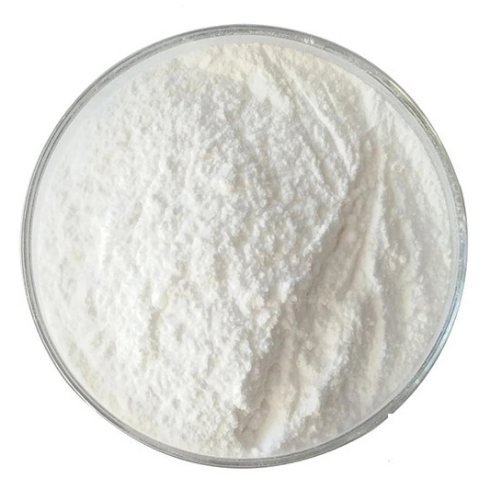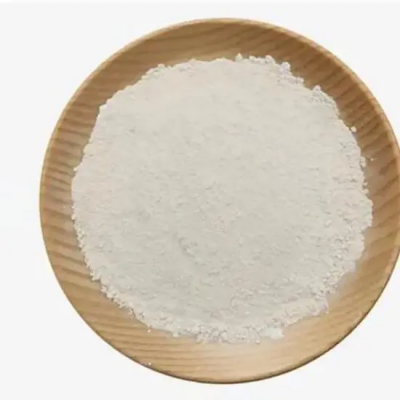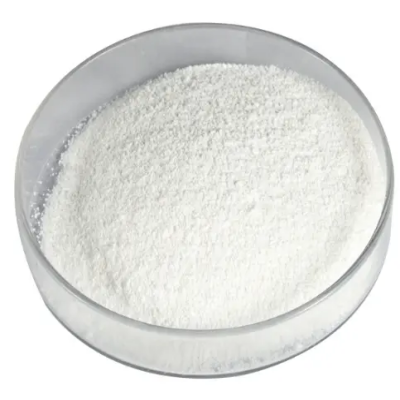Cyclocytidine hydrochloride CAS:10212-25-6
Cyclocytidine hydrochloride is an innovative nucleoside analog with distinct structural attributes derived from its parent compound, cytidine. Unlike traditional linear nucleosides, cyclocytidine features a bicyclic configuration that not only enhances its stability but also alters its interaction with biological targets. This unique structure allows cyclocytidine to exhibit biologically relevant properties, making it a subject of interest in various fields, particularly in pharmacology and medicinal chemistry. The primary significance of cyclocytidine lies in its potential therapeutic applications. Research has demonstrated that this compound can act as an inhibitor of viral replication, showing promise against various RNA and DNA viruses. By interfering with viral nucleic acid synthesis, cyclocytidine could provide a mechanism for antiviral therapies aimed at combating infections. Its ability to modify nucleic acid metabolism positions it as a valuable tool in virology and infectious disease research. In addition to its antiviral potential, cyclocytidine has been investigated for its anticancer properties. Some studies suggest that by modulating gene expression and affecting cell proliferation pathways, cyclocytidine may enhance the efficacy of existing chemotherapy agents or serve as a standalone treatment option. This dual functionality underscores the versatility of cyclocytidine in targeting multiple disease processes. Furthermore, cyclocytidine's chemical properties facilitate its use in drug design and development. The compound can be employed as a lead structure for synthesizing new nucleoside analogs, expanding the repertoire of available therapeutic agents. Its modification can yield compounds with enhanced pharmacokinetic profiles or improved binding affinities to target enzymes or receptors. Overall, cyclocytidine hydrochloride represents a significant advancement in the study of nucleoside chemistry and its applications in medicine. Continued research into its mechanisms of action and therapeutic potential could pave the way for innovative treatments for both viral infections and cancer, highlighting the importance of such compounds in modern pharmacotherapy.



| Composition | C9H12ClN3O4 |
| Assay | 99% |
| Appearance | white powder |
| CAS No. | 10212-25-6 |
| Packing | Small and bulk |
| Shelf Life | 2 years |
| Storage | Store in cool and dry area |
| Certification | ISO. |









